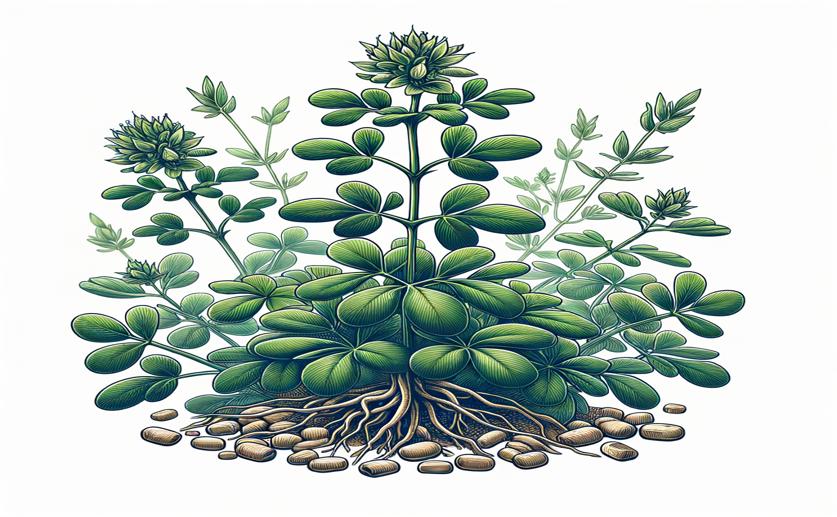
Unveiling How Fenugreek Produces Its Unique Compounds
Greg Howard
23rd April, 2024

Image Source: Natural Science News, 2024
Key Findings
- Researchers at Tarbiat Modares University studied how to boost diosgenin, a cancer-fighting compound, in fenugreek plants
- They found that treating fenugreek with methyl jasmonate increased the activity of genes involved in making diosgenin
- The study suggests that this treatment could lead to more efficient production of diosgenin for pharmaceutical use
References
Main Study
1) Transcriptomic data reveals the dynamics of terpenoids biosynthetic pathway of fenugreek
Published 22nd April, 2024
https://doi.org/10.1186/s12864-024-10253-x
Related Studies
2) Full-length transcriptome assembly from RNA-Seq data without a reference genome.



 17th March, 2024 | Jim Crocker
17th March, 2024 | Jim Crocker